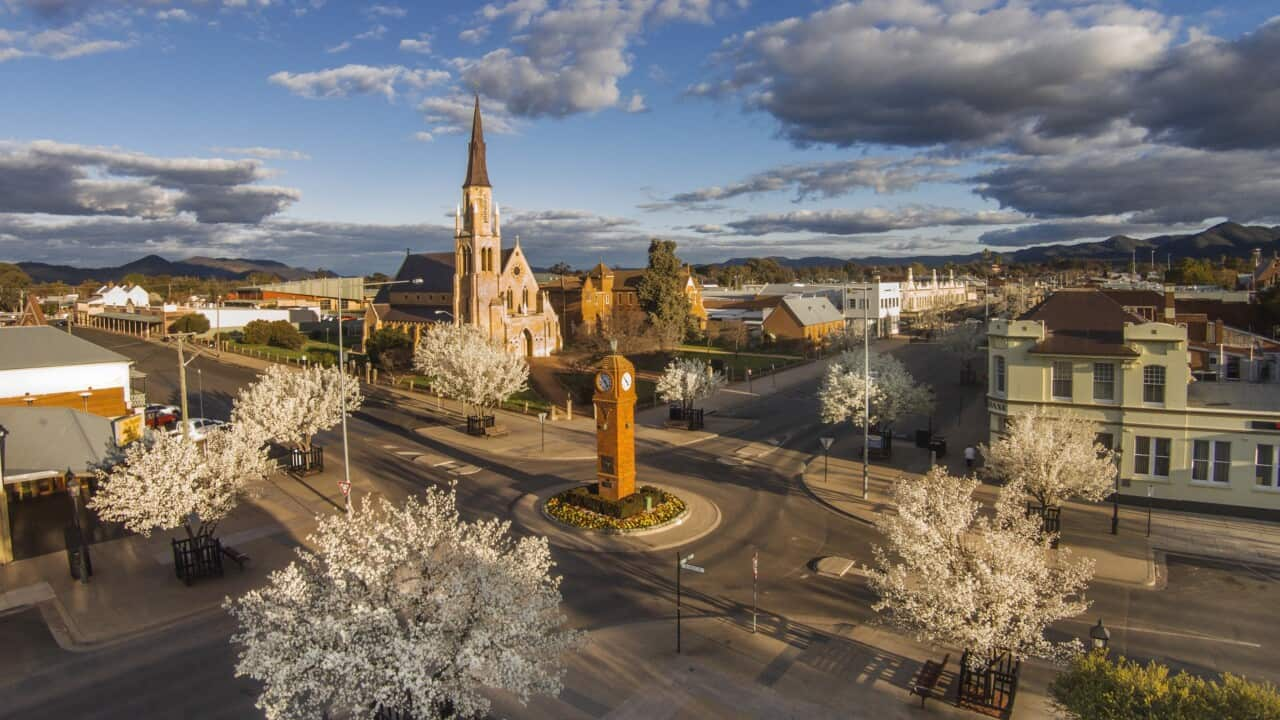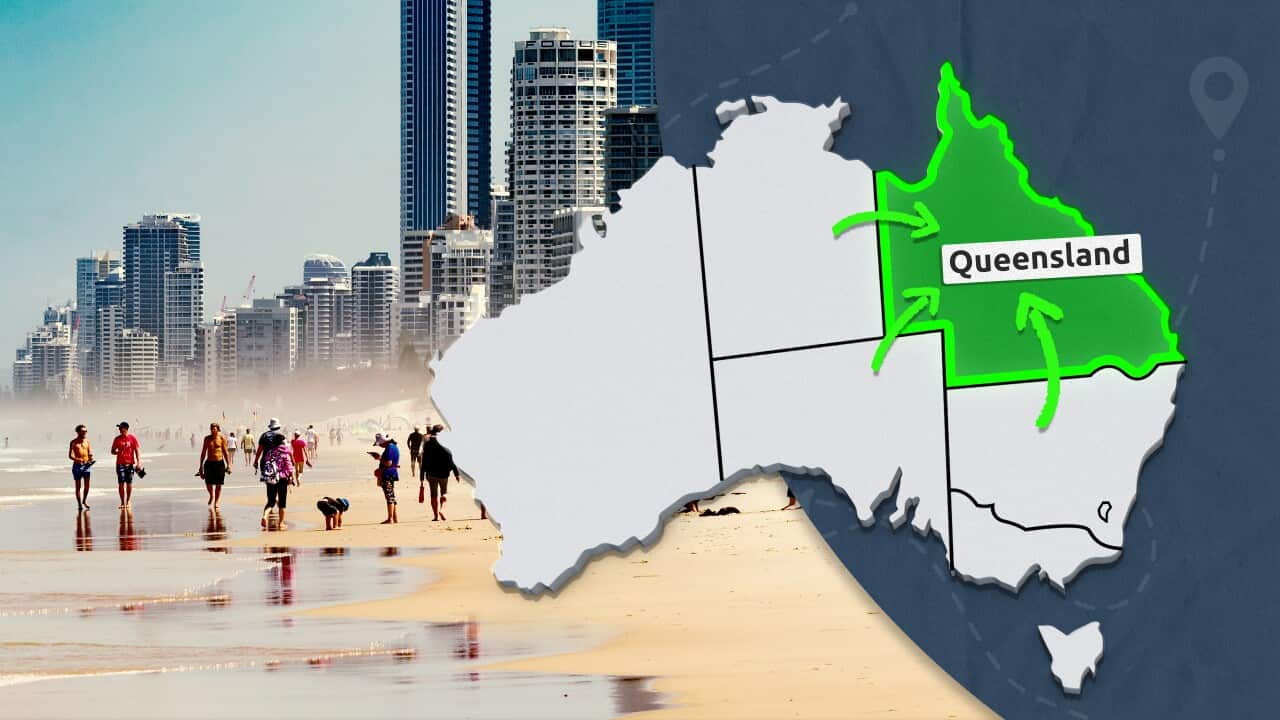Key Points
- With 87,000 jobs available in regional Australia, increasing numbers of people are leaving capital cities.
- Queensland remains the top choice for capital city residents, with major coastal regions attracting newcomers.
- Key factors driving regional migration include space, well-being, affordability, and job flexibility.
With 87,000 jobs on offer in country Australia, more people are moving further away from capital cities to make a new life.
A booming regional job market and attractive house prices are thought to be luring new residents to places like Geraldton in Western Australia and Mudgee, NSW, which are both four hours from their state capitals.
Those locations are among the top five growth hotspots for internal migration in the year to June, along with York and Waroona in Western Australia and Townsville in Queensland, according to population data from the Regional Movers Index.
The Index, which is a collaboration between the Commonwealth Bank and Regional Australia Institute, found people are also leaving big regional centres like Launceston in Tasmania and Dubbo in NSW for more rural areas.
"It clearly shows the love affair with regional living is far from over and highlights the importance of resourcing the social and physical infrastructure these growing places urgently need," the institute's chief executive Liz Ritchie said.
Queensland continues to be the most attractive state for those leaving the capital cities, as people choose to settle in major coastal regions.
Commonwealth Bank's head of regional and agribusiness Paul Fowler said regional areas could continue to grow as big employers ramp up recruitment.
"Growth in local economies and opportunities in sectors such as wholesale trade, manufacturing, health and education will continue to entice people to regional areas," Mr Fowler said.
Overall movement across Australia remained much higher than before COVID-19, with greater momentum in population flows from the regions to the cities.
A survey of 1004 city-dwellers considering a country move showed space, affordability, improved wellbeing and having more time were some of the major draw cards.
Greater job flexibility since the height of the pandemic increased interest in regional living for 73 per cent of respondents.
Though cost of living concerns were increasing, it is largely high income earners who would consider moving more than three hours away from their current home, the survey found.
How is Australia's population moving?
- Moves to regional areas are up more than 16 per cent compared to 2018 and 2019.
- Regional migration made up 11.1 per cent of all domestic movements, compared to 9.6 per cent moving from the regions to the capitals.
- Overall movements are at their fourth highest level since March 2018, still up on pre-COVID-19 levels.
Why are Australian's moving?
- Dissatisfaction with city living has increased from 10 per cent in 2020 to 14 per cent in 2023, according to the institute's survey of 1004 city-dwellers.
- The top attractions to regional living are space, improved well-being, affordability and having more time.
- Greater workplace flexibility increased interest in country living for 73 per cent of respondents.
Where are people moving?
- The most attractive areas for people moving from the capitals in the year to June were Queensland's Sunshine Coast and Gold Coast, Greater Geelong and Moorabool in Victoria and Lake Macquarie, NSW.
- The areas with the greatest growth were Waroona, WA, Livingstone and Mackay in Queensland, Moorabool, Victoria, and Alexandrina in South Australia.
- Sydney is losing the most residents to the regions out of all the capital cities.
- Both regional and city movers found Brisbane and Perth the most appealing capitals.












